Since the purpose of Happy Hippo remains to educate our audience about the benefits and scientific prospects of kratom, most of this article’s focus is on those specific topics. However, there are plenty of other natural herbs sold on the market, too. Some of them have been around much longer than Kratom. A few are even considered kratom potentiators, which boost the effects felt whenever you consume Kratom. One such alternative herb is referred to as Kava-Kava by its consumers, but we just call it Kava. Kratom and Kava essentially have the same effects when consumed - so taking them together may cause drowsiness more than anything. For this reason, they should be avoided in combination with each other and should be taken at least 4 hours apart.
There are lots of people that take Kava for its relaxation properties. You can even find Kava bars that sell cups of tea to customers. Still, before you decide to take any herb, you should educate yourself on its effects and how it reacts with the body.
The Origin of the Kava Plant
The scientific name for Kava is Piper methysticum. Believe it or not, Kava is directly related to the Pepper family. It’s a perennial evergreen shrub grown indigenously in the islands of the South Pacific - so Fiji, Micronesia, Vanuatu, the Samoas, and Tonga. You can find it growing wild in several areas, but some farmers plant and cultivate the bush as a cash crop to earn a profit.
Fun Fact #1: In the Polynesian islands, the word Kava translates to ‘Bitter’, and Piper Methysticum translates to ‘Intoxicating Pepper’
It’s called that because boiling the Kava leaves produces a concoction that has an earthy yet bitter flavor. That bitterness in the drink comes from the compounds found in the plant.
Around the Pacific islands, the locals have been using Kava as a traditional remedy for several centuries. According to researchers, the indigenous cultures used Kava for its mild anesthetic and analgesic effects, but cultural customs surround the tea, too. Different traditional ceremonies used Kava tea to mark several memorable events throughout life.
There are significant differences in how Kava gets consumed in the Pacific islands to western cultures. Over in the islands, people sit on woven mats and pour themselves a serving from the large bowl that sits in the middle of the group. Drinking Kava tea is a communal affair over there, but here in the US, Kava isn’t very well known to the public.
How Kava Root Affects the Brain
Kava is known to relax the activity going on in your nervous system - promoting calm, relaxing effects and promoting a better sense of well-being - aka Happiness! But when it comes to the scientific studies of plants found in nature, we don’t have an abundance at our disposal. With limited funding for such studies, scientific evidence remains scarce. Massive financial support comes from a proposed return on the investment.
Even though that’s the case, there have been some studies conducted on Kava and its molecules. Currently, scientists have identified 18 different kavalactones found in the root of the plant. However, approximately 96% of the experienced effects result from only 6 of those compounds. Those kavalactones are methysticin, dihydromethysticin, kavain/kawain, dihydrokavain/kawain, desmethoxyyangonin, and yangonin.
Those Kava compounds react in different ways within our brains to produce the relaxing and calming effects the user feels. These alkaloids target the neurotransmitters in the brain - specifically the Gamma-Aminobutyric Acid Neurotransmitter - which is responsible for the activity in the nerves. However, studies suggest Kava molecules also have an affinity for some of the endocannabinoid receptors in our brains; those are the brain receptors that synthesize and degrade endogenous cannabinoids and those that come from the cannabis plant. Kavalactones reduce the reabsorption of neurotransmitters like noradrenaline and dopamine. That changes the chemical signals in the central nervous system (CNS), too.
Are There Any Side Effects from Taking Kava Root?
Like any herb, some side effects might occur from ingesting a plant product, and you should consult a physician before taking any new supplement in your diet. Kava can cause severe drowsiness if taken in high servings, so you should most definitely not take it before operating a vehicle or heavy equipment. However, science suggests that taking Kava is safe for consumers when taken responsibly.
Sources in the past have pushed a narrative that Kava is a dangerous product. An advisory issued back in 2002 linked the herb to severe liver injury. The assertion came from reports that 83 patients died after taking Kava tablets in Western Europe, and the European Union effectively restricted Kava immediately after. But the data was based on instances that were so rare it was a misrepresentation of any possible effects. At the time, an estimated 70 million tablets were taken daily by consumers in the European market. A long court battle ensued over the matter.
In 2014, the Federal Court of Germany ruled it was unlikely that Kava had caused any of the deaths. The scientific data didn’t support proposed claims. As a result, Germany lifted its restriction on the plant. Other countries followed suit. In Australia, companies sell kava as Therapeutic Goods Association (TGA) approved over-the-counter nutraceutical products. Its nation doesn’t have any confirmed cases of adverse reactions to the plant product, either.
Here in the US, Kava is legal to purchase and consume.
Where to Buy Kava Root Powder?
In the past decade, the US has seen a rise in Kava bars across the nation. Most of them have the ambiance of a locale in the Pacific islands, but not all; some have a more traditional feel for the states.
Within these establishments, you sit down and wait for a Kava tea-tender to serve you. You can order your Kava tea and socialize with others in the community. It’s a great way to socialize and meet like-minded individuals. The Kava Tea is made like traditional tea; the roots are ground down, and placed into a strainer bag. The bag is then soaked in warm water, while the ‘Kava Barista’ kneads the bag, applying pressure for about 10-15 minutes. The bag is squeezed dry and the pulp from the roots discarded. This ensures the best part of the Kava is infused into the drink - rather than the roots in combination. The barista may also add other ingredients to help with the bitter taste - such as pineapple flavor or milk.
But not everyone that partakes in Kava wants to go out in public to do such. Some like to use the herb in the comfort of their own home to wind down from a long day, and plenty of people drink Kava to help them relax and get ready for sleep.
For those individuals, drinking Kava in the comfort of their homes is a better option, but where can you purchase Kava? Well, there are different places where you can buy Kava. Plenty of health food stores carry Kava capsules, tinctures, or powder. And some smoke shops stock Kava products, too. The majority of people buy kava online and have it shipped to their homes. Several vendors sell kava-kava on the internet, including Happy Hippo!

Happy Hippo’s Kava Root
We have two very special Kava options for our customers to choose from!
If you do not like one - you are sure to like the other.
Vanuatu Kava Root Powder
Vanuatu Kava is derived from “The Fire Islands of the South Pacific”. As stated on our product page - Our Vanuatu Kava is selected from Kava plants 5 to 6 years in age that have been organically grown in rich volcanic soils.
Our Vanuatu Kava Root Powder contains 6% Kavalactones.
This Kava is described as being better for work and productivity than our other Kava.
Fijian Kava Root Powder
Our Fijian Kava Root is derived from the Kadavu Island in Fiji. Super Waka Kava is pure Kava Root - meaning no leaves or stems!
Fun Fact #2: “Waka” is the Fijian word meaning “Lateral Roots” - the lateral roots of the Kava Plant are known to have the most potent concentration of Kavalactones
This Kava in particular has the highest level of natural Kavalactones you can find out there - 15% to be exact! Waka Kava is very pure and potent when compared to generic Kava you may find elsewhere.
Our Waka Kava is best used for relaxing after a long day.
How to use Kava Root
Start with about 2-6 oz Milk, or Coconut Water - adding sweetener to Kava is not uncommon.
Start with 2 grams (1 tsp) and work your way up by 1/2 gram at a time (1/4 tsp).
Increase serving size until you achieve your desired effects - but be careful not to take too much.
Always remember when trying something new, start small!
Again, Kava root can cause severe drowsiness if taken in high servings, so you should most definitely not take it before operating a vehicle or heavy equipment.
Conclusion
Happy Hippo Herbals specializes in Kratom, it will always be our pride and joy!
However, we also like to honor the fact that we bring rare alternative herbs to the market as well. We only purchase our herbs from trusted sources and always do lab-tested Quality Assessments before selling to our customers. Kava-Kava is only one of many awesome choices if you are looking to expand your herbal journey, check out our site for other herbs worth trying!

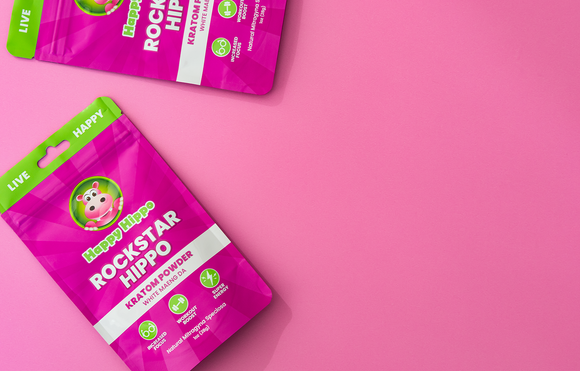
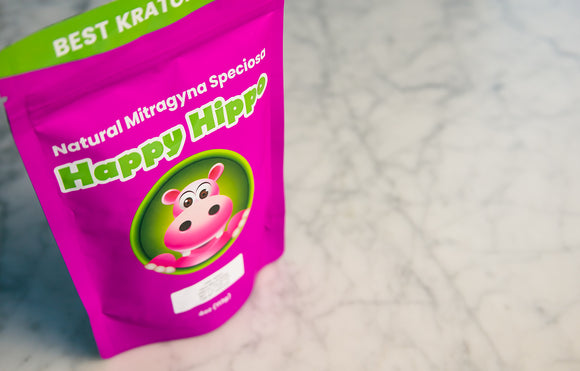
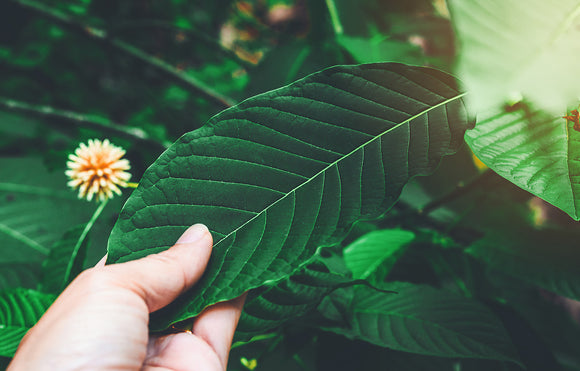
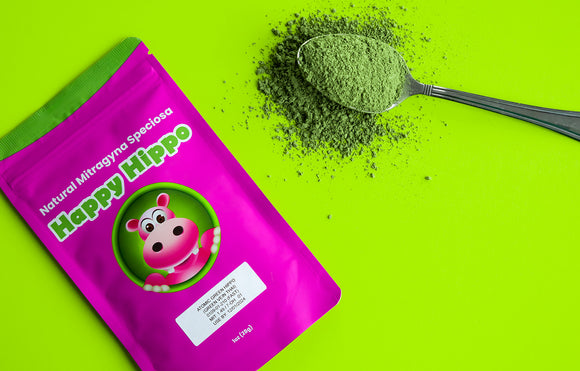
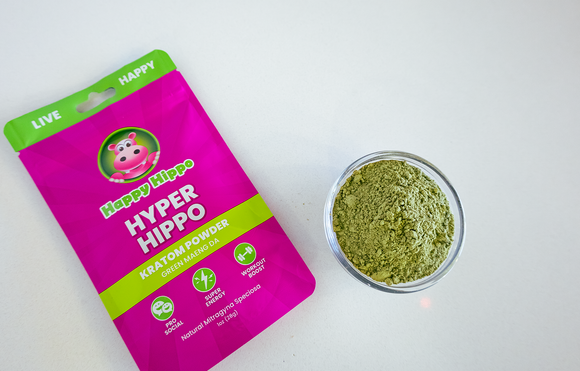
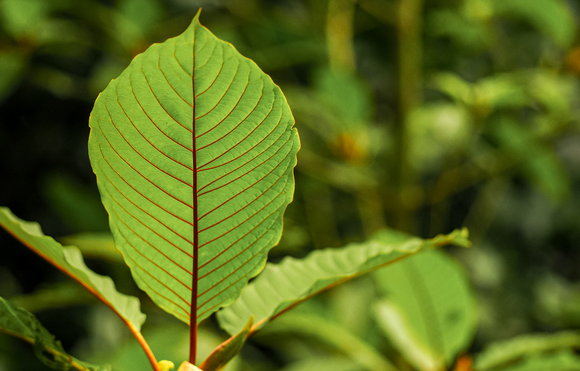












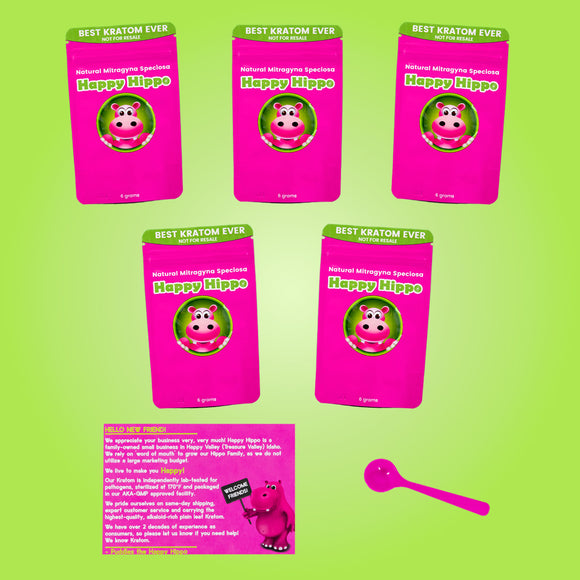

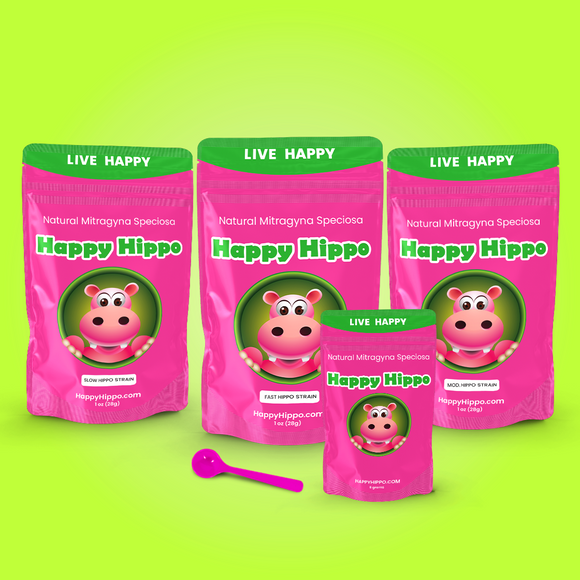

New Comment
Please note that all comments are reviewed and must be approved before being published.